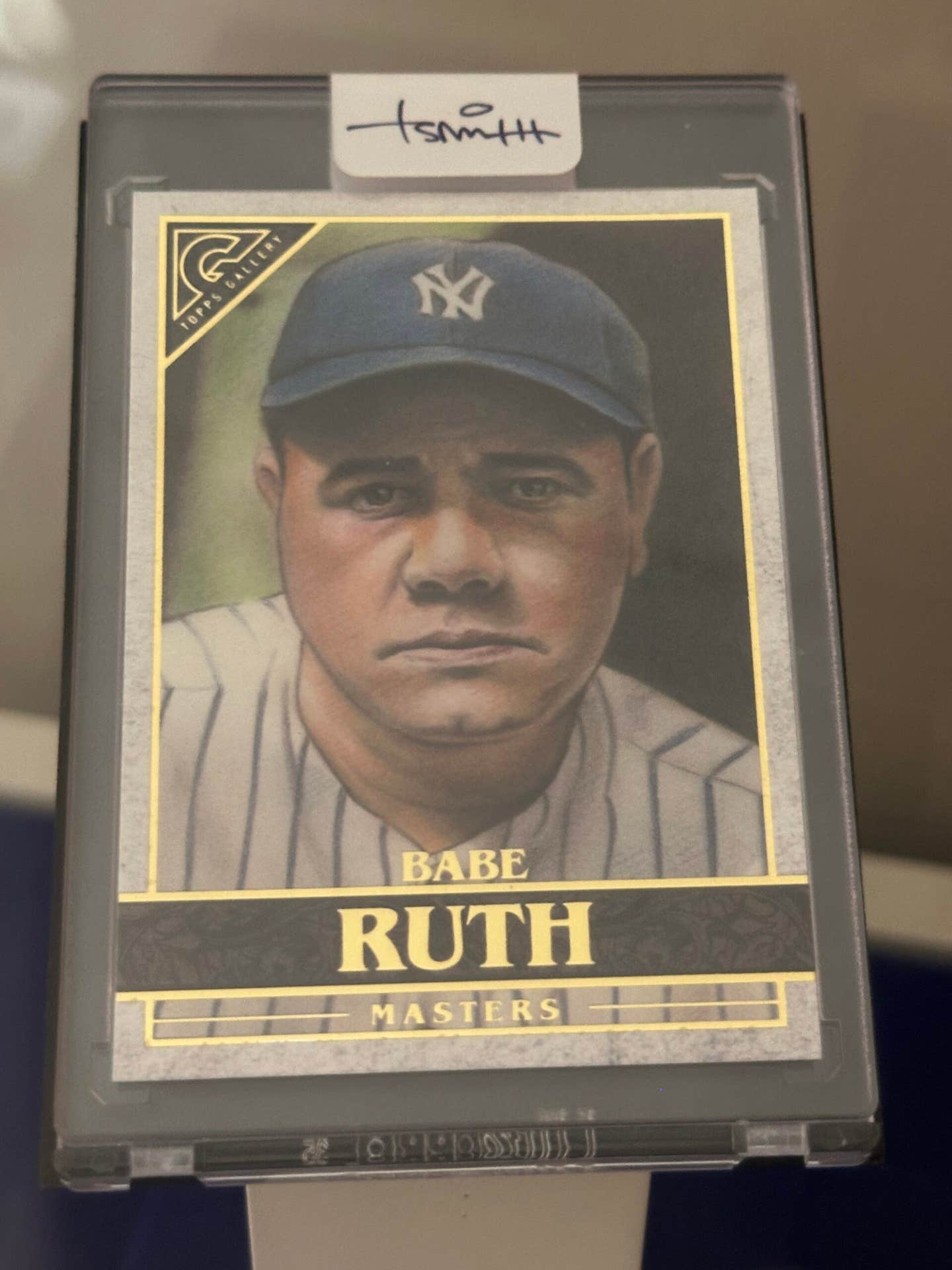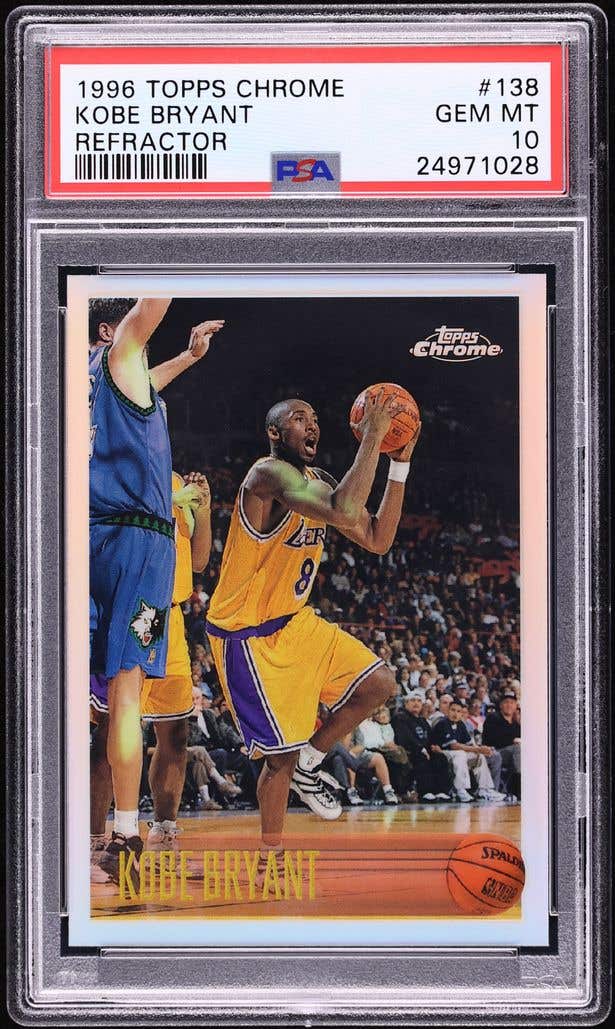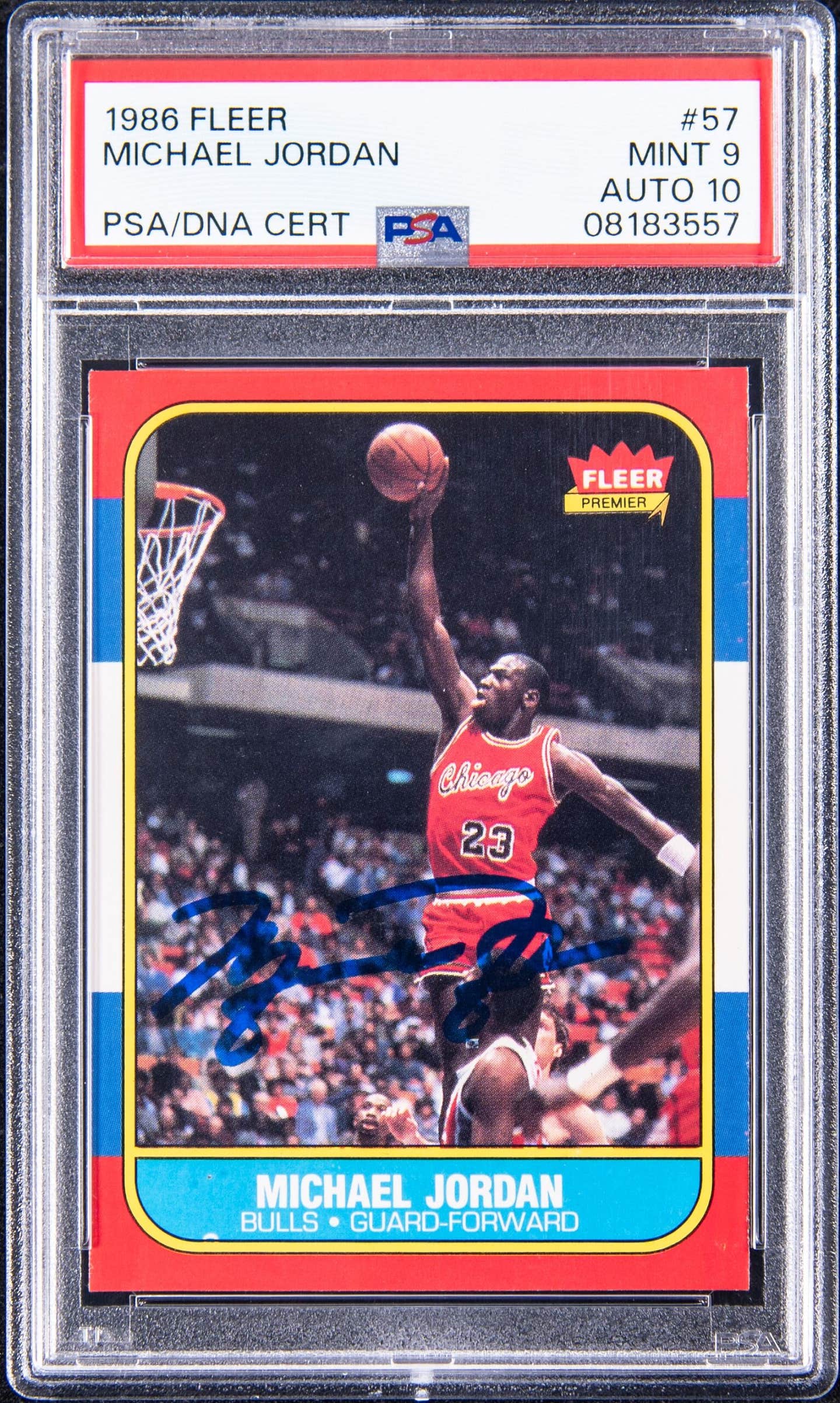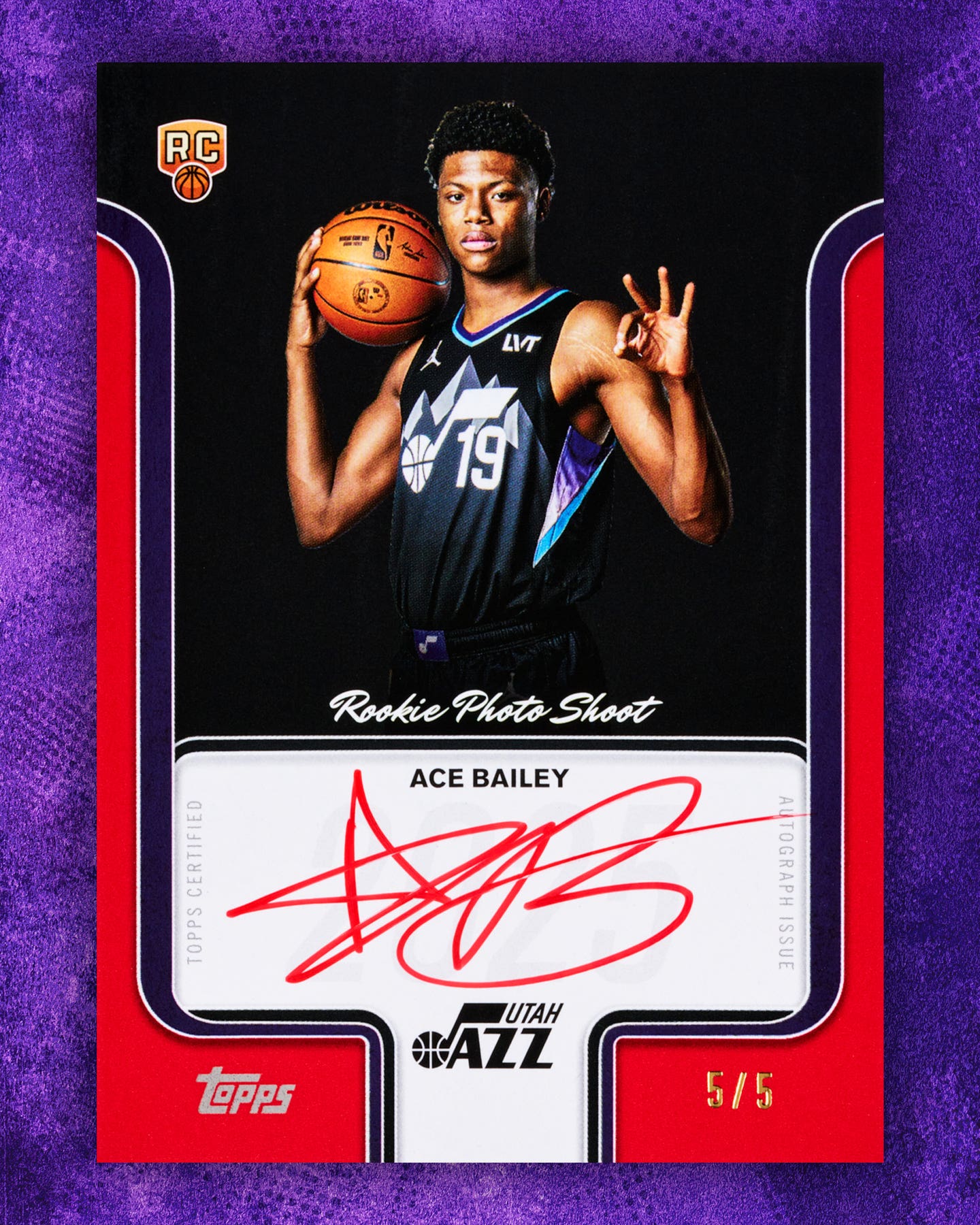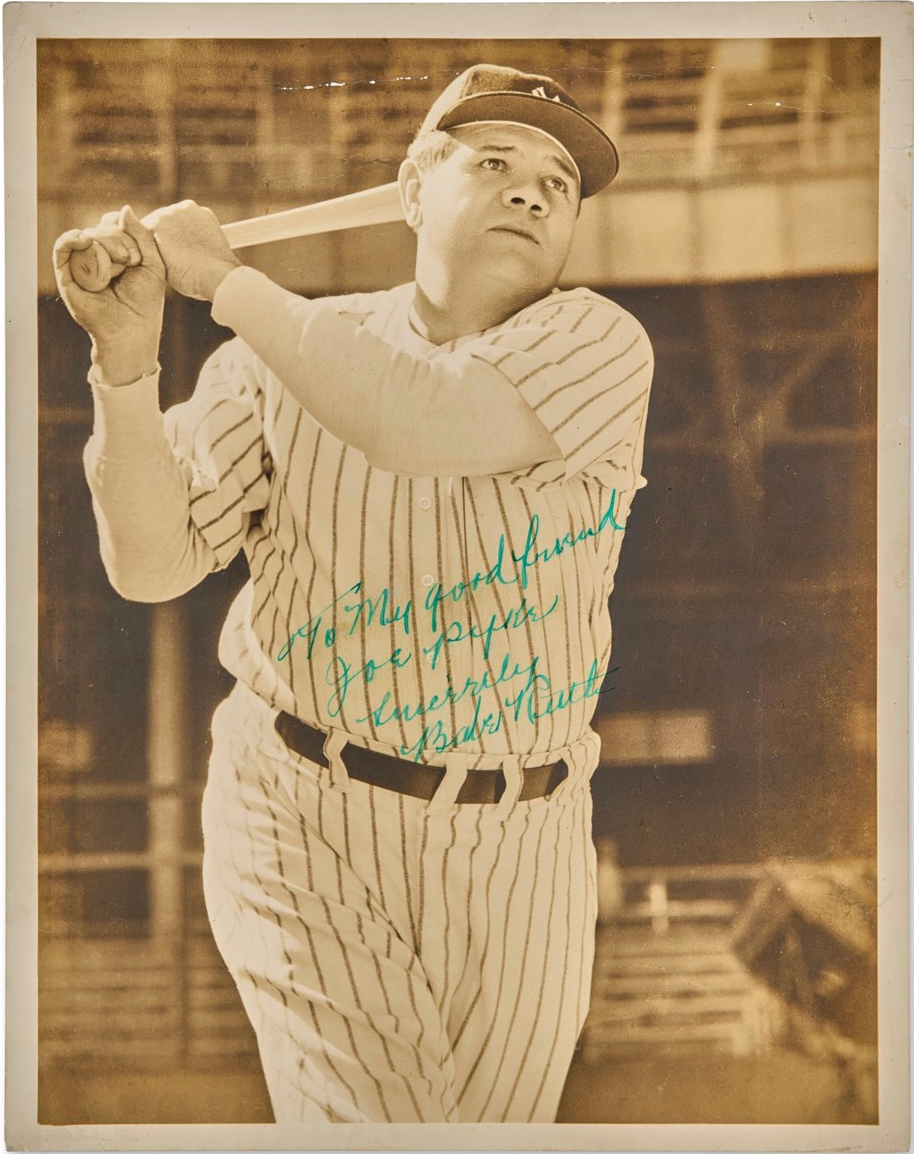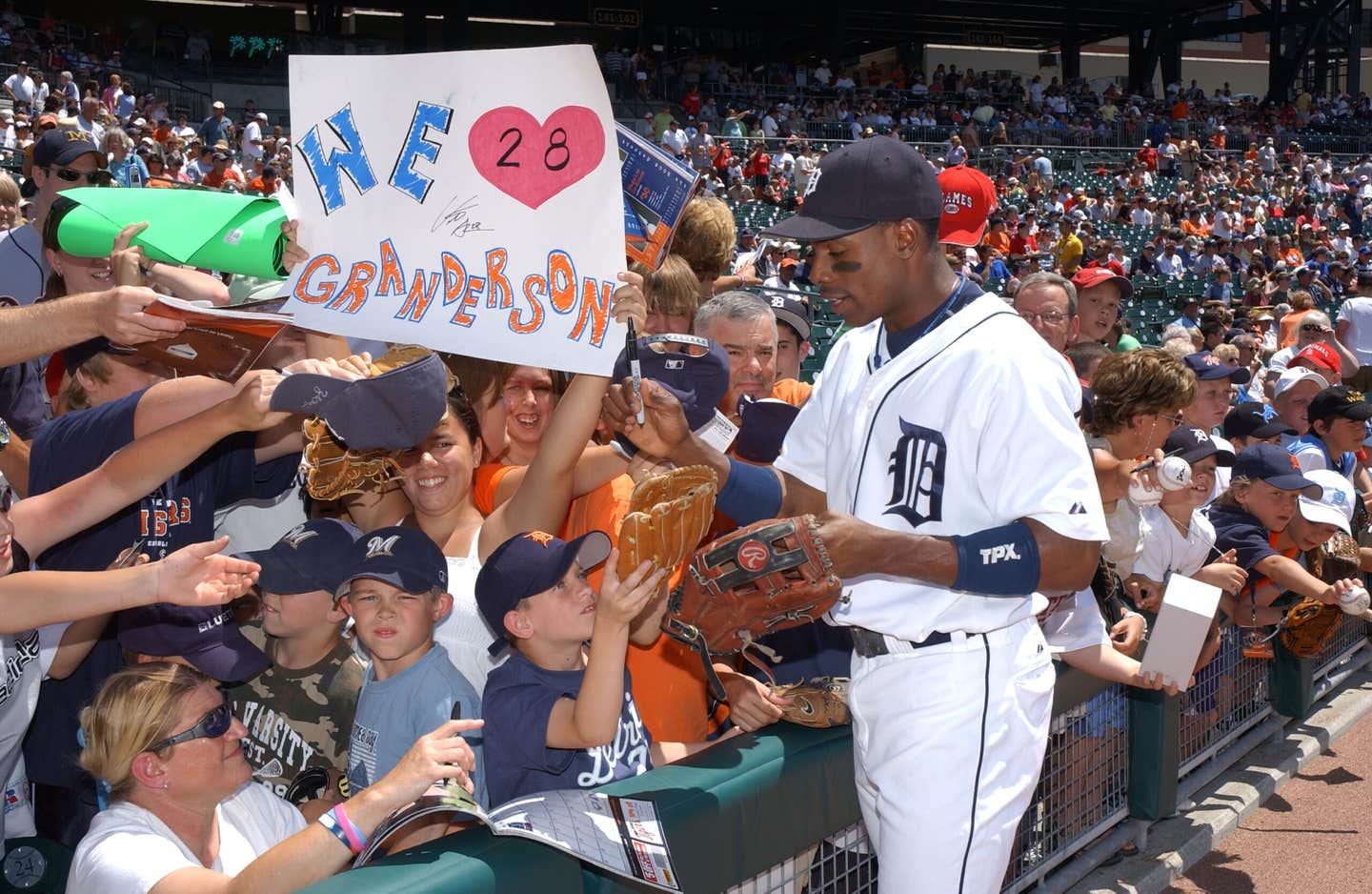Autographs
The autograph heard round the world
Bobby Thomson’s own signature moment came in 1951, when he hit perhaps the most famous home run in the history of baseball.
For me, his signature moment was in 1982.
One fine day, I opened the mailbox and found a self-addressed, stamped envelope postmarked Watchung, N.J. Without even opening the letter, I knew what it contained — Bobby Thomson’s autograph. After all, how many letters does someone in Saskatchewan receive from Watchung, N.J.?
I was surprised, however, after opening the envelope. In the letter which had accompanied my autograph request, I asked him to describe his historic home run — dubbed “The Shot Heard ’Round The World.’’
It was worth a try, but I had not expected him to comply. After all, he must have been deluged with such requests from people like me, all of whom wanted a keepsake from the man whose three-run, ninth-inning home run off Ralph Branca gave the New York Giants a 5-4 victory over the Brooklyn Dodgers in the rubber match of a three-game playoff to determine the 1951 National League pennant. Thomson’s homer capped an improbable comeback for the Giants, who trailed the Dodgers by 13 1/2 games in mid-August.
Thomson’s response to my letter was more shocking than the home run — at least for someone who was born 12 1/2 years after the fact.
“Dear Rob,’’ he began. “I thought the Dodgers were going to win the pennant, leading 4 to 1, last of the 9th. When we started to rally and I got to bat against Branca, I was just telling myself not to get over-anxious and to sit back and wait for the ball . . . When the ball disappeared into the stands, I felt excitement I had never experienced before. I couldn’t control hopping around the bases. We had beat the Dodgers!! Best regards Rob. Bobby Thomson.’’
When Thomson’s blast cleared the fence at the Polo Grounds, Giants play-by-play announcer Russ Hodges repeatedly bellowed: “The Giants win the pennant! The Giants win the pennant! The Giants win the pennant!’’
That call, and footage of the home run, has been oft-replayed since last Monday, when Thomson died at age 86 following a lengthy illness.
After reading virtually every newspaper story I could find on Thomson, I felt suddenly compelled to dust off the old autograph collection and find my favourite signature.
It took much longer than expected to find Thomson’s autograph. I stopped on every page of the binder, marvelling at the other autographs I had obtained through the mail in the early 1980s.
Joe DiMaggio. Ted Williams. Stan Musial. Don Mattingly. Andre Dawson, Woodie Fryman, Steve Rogers, Warren Cromartie, Scott Sanderson, Bill Gullickson Tim Wallach, and virtually anybody who was anybody with the Montreal Expos.
Billy Martin. George Steinbrenner. George Brett. Mike Schmidt. Willie Mays.
And, most remarkably of all, James (Cool Papa) Bell.
Bell was reputed to be the fastest player in the history of Negro League baseball. Satchel Paige once said that Cool Papa — a 1974 inductee into the National Baseball Hall of Fame — was “so fast he can turn off the light and be in bed before the room gets dark!’’
He was still fast in 1982, at age 79. He answered my autograph request within a week! I had only requested a signature, but he sent me a letter (which appears as written):
6-7-82
Mr. Rob vanstone
Hope you can read this letter. I am loosing my eye sight, tring to write with one Eye.
The Negro League was a great League. We played Night Baseball 7 years before the Majors played it.
It was said the Black Man cannot do this or that.
We never got the chance to show them. I can say more, will stop here.
Sincerely
James “Cool Papa” Bell
Back then, the highlight of the day was opening the mail. I routinely sent a handful of autograph requests each day. The stars of baseball, hockey and football received most of the letters. I would write to them in care of their teams. For the old-timers, a publication called the Baseball Address Book came in very handy. I even subscribed to magazines that were geared toward autograph collectors.
At the time, famous athletes were remarkably accessible through the mail.
This was before people routinely charged for autographs. The success rate for the NHL was well over 90 per cent. For baseball, it was 70-plus. Same with the NFL. Every letter to a CFLer was answered — and nobody was more cordial in response than the Saskatchewan Roughriders’ No. 17, Joey Walters.
Occasionally, I strayed beyond the parameters of sport. Jimmy Carter and Gerald Ford provided presidential content. Johnny Carson, George Burns, Don Rickles, Jackie Gleason, Mary Tyler Moore and Phyllis Diller provided a touch of Hollywood. (Alas, my first love — Cheryl Ladd of Charlie’s Angels fame — did not answer my letter. Maybe tomorrow . . .)
But, principally, it was all about sports. From 1980 to 1984, there was rarely a day when I did not send a letter to at least one prominent sporting figure. I must have sent 10 requests to the Winnipeg Jets’ Dale Hawerchuk who answered every time — often enclosing a handwritten letter to accompany the signed material. The Expos’ Gary Carter, himself a collector of baseball cards, was another all-world autograph signer. He was remarkably accommodating with the fans and, as I would later discover, the media.
By the mid-1980s, when I enrolled in journalism school and landed a never-ending summer job at the Regina Leader-Post, I was much more interested in obtaining interviews than autographs. I figured that my days of soliciting signatures were long gone — and they were, until 2008.
My wife and I were in New York, walking down Fifth Avenue, when we passed a Barnes & Noble bookstore. In the window, there was a sign notifying passersby that Gary Carter would be signing copies of his newly released book, Still a Kid at Heart. I had purchased the book the previous day, without any inkling that he would be appearing in Manhattan.
Naturally, there was hyperventilation. Suddenly, I was 17 again. I would not miss this occasion.
At least 90 minutes before The Kid was to appear, I lined up outside the store. The guy standing in front of me was also an Expos nut. We exchanged memories for an hour as we gradually made it to the front of the line.
Suddenly, there he was — Gary Carter.
I approached him, shook his hand, introduced myself, requested that he sign my book, and asked if he would consent to have a picture taken. He cordially consented. Suddenly, I was standing next to my all-time favourite baseball player. My wife, Chryssoula, took the picture.
I thanked him, profusely, and began to leave the store. There was only one problem. I had forgotten the book. All composure was lost.
On that day, I was reminded of what it was like to really, truly appreciate an autograph. On Monday, after reading the sad news about Bobby Thomson, I felt the same way.
“Fame was never a burden for Bobby Thomson,’’ Mike Vaccaro wrote in the New York Post. “Are you kidding? However you suspect that you would have reacted to hitting the most famous home run in baseball history, that’s precisely how Thomson reacted. He never grew weary of seeing the smiles on the faces of strangers.’’
For nearly 60 years after the “Shot Heard ’Round The World,’’ Bobby Thomson encountered so many total strangers. Believe me, he touched ’em all.
MORE RESOURCES FOR SPORTS COLLECTORS
- Get current market values for 400,000+ baseball cards issued between '81 & '09
- Get the Ultimate Yankee package
- Interact with other sports collectors in Tuff Stuff's online forum
- Sign up for your FREE email newsletter from Tuff Stuff
- Read the latest 7th Inning Stretch Blog from Tuff Stuff Editor Scott Fragale



